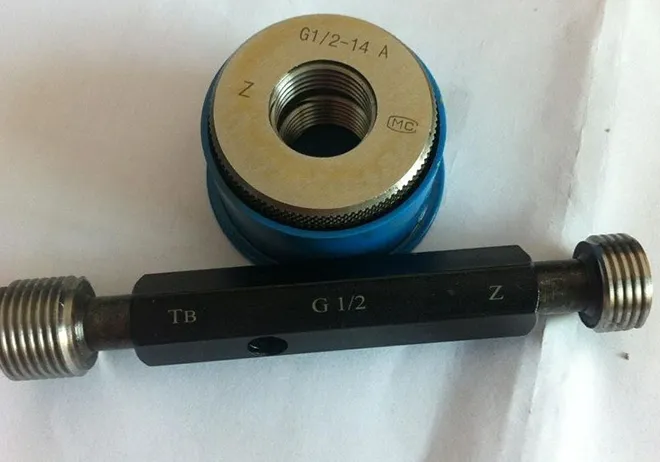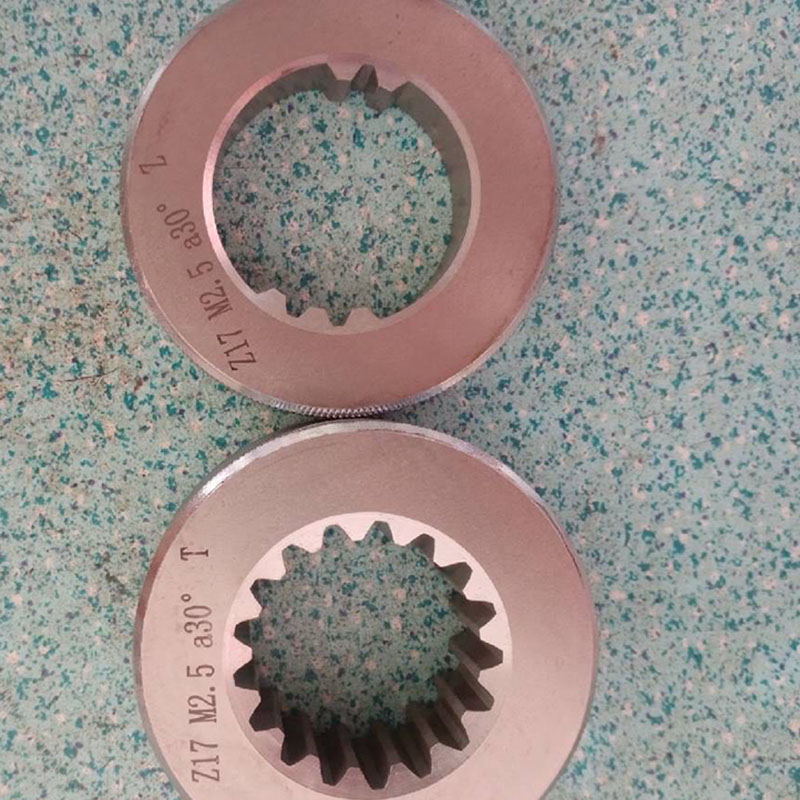Jan . 10, 2025 12:03 Back to list
Control Valve
Water valves are crucial components in plumbing and irrigation systems, playing a significant role in the management of water flow, pressure, and temperature. Understanding the different types of water valves helps in selecting the right one for each specific application, ensuring efficiency, safety, and durability. Below is a comprehensive guide on the various types of water valves, focusing on their unique features, uses, and benefits.
Check Valves, or non-return valves, are designed to allow water to flow in one direction only, preventing backflow and potential damage to equipment. They operate automatically and do not require any manual operation. Check valves come in various types, including swing, lift, and ball check valves, each suitable for different applications depending on the pressure, velocity, and flow rate required. Butterfly Valves are characterized by their lightweight and compact design, which makes them suitable for large pipe diameters. They control the flow by using a rotating disc, which is positioned perpendicular or parallel to the flow of water. Butterfly valves offer high-performance sealing capabilities, minimal pressure drop, and are easy to install and maintain, making them ideal for both industrial and domestic water systems. Diaphragm Valves utilize a 'pinching' method to stop the flow of water, which is achieved by a flexible diaphragm that seats into a seat at the top of the valve body. These valves are particularly valuable for applications involving slurries or fluids with suspended solids, as they offer a leak-proof seal and are less prone to blockages and clogging. Each type of water valve plays a pivotal role in various applications, and choosing the right one depends on factors such as pressure requirements, flow control needs, installation considerations, and maintenance capabilities. Professional expertise is recommended when selecting a valve to ensure compatibility with the specific system and fluid characteristics. By understanding these different types of water valves, consumers and professionals alike can make informed decisions that enhance the performance and longevity of their systems. The reliability and efficiency brought by the correct choice of water valve significantly contribute to the overall operational excellence of fluid handling systems.


Check Valves, or non-return valves, are designed to allow water to flow in one direction only, preventing backflow and potential damage to equipment. They operate automatically and do not require any manual operation. Check valves come in various types, including swing, lift, and ball check valves, each suitable for different applications depending on the pressure, velocity, and flow rate required. Butterfly Valves are characterized by their lightweight and compact design, which makes them suitable for large pipe diameters. They control the flow by using a rotating disc, which is positioned perpendicular or parallel to the flow of water. Butterfly valves offer high-performance sealing capabilities, minimal pressure drop, and are easy to install and maintain, making them ideal for both industrial and domestic water systems. Diaphragm Valves utilize a 'pinching' method to stop the flow of water, which is achieved by a flexible diaphragm that seats into a seat at the top of the valve body. These valves are particularly valuable for applications involving slurries or fluids with suspended solids, as they offer a leak-proof seal and are less prone to blockages and clogging. Each type of water valve plays a pivotal role in various applications, and choosing the right one depends on factors such as pressure requirements, flow control needs, installation considerations, and maintenance capabilities. Professional expertise is recommended when selecting a valve to ensure compatibility with the specific system and fluid characteristics. By understanding these different types of water valves, consumers and professionals alike can make informed decisions that enhance the performance and longevity of their systems. The reliability and efficiency brought by the correct choice of water valve significantly contribute to the overall operational excellence of fluid handling systems.
Next:
Latest news
-
Flanged Gate Valve: A Reliable Choice for Industrial and Municipal SystemsNewsAug.20,2025
-
Soft Seal Gate Valve: A Modern Solution for Reliable Pipeline ControlNewsAug.20,2025
-
Gate Valve Types: Understanding the Options for Your Pipeline SystemsNewsAug.20,2025
-
Y Type Strainer: Essential for Clean and Efficient Flow SystemsNewsAug.20,2025
-
Cast Iron Y Strainer: Durable Solutions for Demanding ApplicationsNewsAug.20,2025
-
Flanged Y Strainer: An Essential Component in Industrial Filtration SystemsNewsAug.20,2025
Related PRODUCTS









